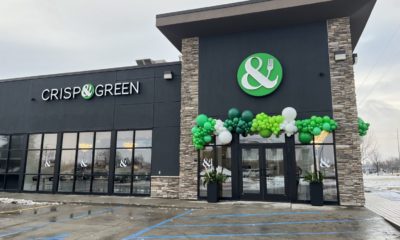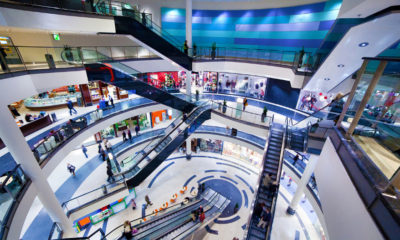I’ve been thinking a lot about process lately: How we initiate a project, the questions we ask our clients as designers about their business, the criteria we request to develop the project program and deciphering the target market research. In this pondering, it dawned on me that there is rarely a robust conversation around staff needs for sales success and what the daily experience is for the typical sales associate.
I’m of the firm belief that the single greatest advantage brick-and-mortar stores have over online competitors is the human being that works in the physical store. Wages aside, I would think the retailer would readily arm their sales associates with every possible tool available to make them smarter, nicer and more valuable to the sales process. But as a rule, they do not.
This past June, I wrote about the communication platform Nordstrom created called Style Boards, which enables sales associates to curate personalized looks of new products. They can send these looks directly to customers via what is essentially a pre-populated cart. The customer can then choose all or some of the suggestions, and go straight to checkout, allowing the sales associate to gain the commission. Nordstrom created this platform in an effort to overcome the shop-in-store-buy-online pattern that regularly undercuts sales associates’ credit for the role they play in in-store sales.
Besides this example, I’ve read about JCPenney providing iPads to sales associates in the fine jewelry department in order to afford them easy access to product information. But overall, I haven’t discovered any real robust solutions that may positively impact the day-to-day experience of the sales associate. Now maybe I have it totally wrong, but while the entire industry has prioritized high-quality consumer experiences, , no one is talking about doing the same for the sales staff. This has finally struck me as odd.
This train of thought led me to reframe the question, and wonder what would happen if we as designers approached store design as the creation of a specialized workplace environment and not a store. Borrowing directly from our workplace practice, the following key trends found resonance:
Flexibility: single-use spaces are becoming obsolete.
Advertisement
Choice: allowing for change in “work mode” over the course of the day.
Technology: enables new modes of operations and workflows.
Hospitality: increased amenities and an enhanced environment attracts and retains great talent.
Health and Wellness: well-being directly relates to business productivity.
So, if we were to reframe the question at the outset of a retail store design project, and set the goal to creating the best possible work environment for the sales associate, what would that look like? Perhaps fixtures could be designed to not only display product, but also to incorporate a piece of exercise equipment like a stationary bike or treadmill, allowing for sales associates to remain active between customers. And maybe instead of adding a coffee bar as an amenity, it could be a fresh juice press bar for both customers and sales associates alike. I could envision a sales associate bringing the customer over to the bar, enjoying their nutritious fresh pressed juice together, and using that time to engage on a genuine human level, exploring what the brand has to offer the customer through a casual conversation. Maybe fitting rooms could double as a breakroom for the associate to recharge during a long day, or as a phone room where the associate can deal with life’s inevitable tugs.
Would happier employees become avid brand ambassadors? Would higher sales ensue? I would think yes. The seamless exchange created by this new point of view should put the customer & the sales associate on equal footing, a collegial relationship as opposed to one of just service. Stores should be designed as if they are the home of the sales associate, and the customers are their invited guests. Perhaps I’m a little crazy, but I’m determined to test this theory. I look at it this way: At this point of inflection in the retail industry, there’s nothing to lose, right? Experiment! Failing fast must carry the day.
Advertisement
Kathleen Jordan, AIA, CID, LEED AP, is a principal in Gensler’s Charlotte, N.C., office, and a leader of its retail practice with over 24 years of experience across the United States and internationally. Jordan has led a broad range of retail design projects as both an outside consultant and as an in-house designer. She has led projects from merchandising and design development all the way through construction documentation and administration, and many of her projects have earned national and international design awards. Contact her at kathleen_jordan@gensler.com.


 Headlines7 days ago
Headlines7 days ago
 Headlines2 weeks ago
Headlines2 weeks ago
 Headlines2 weeks ago
Headlines2 weeks ago
 Headlines2 weeks ago
Headlines2 weeks ago
 John Ryan2 weeks ago
John Ryan2 weeks ago
 Sector Spotlight1 week ago
Sector Spotlight1 week ago
 Headlines2 weeks ago
Headlines2 weeks ago
 Headlines6 days ago
Headlines6 days ago















